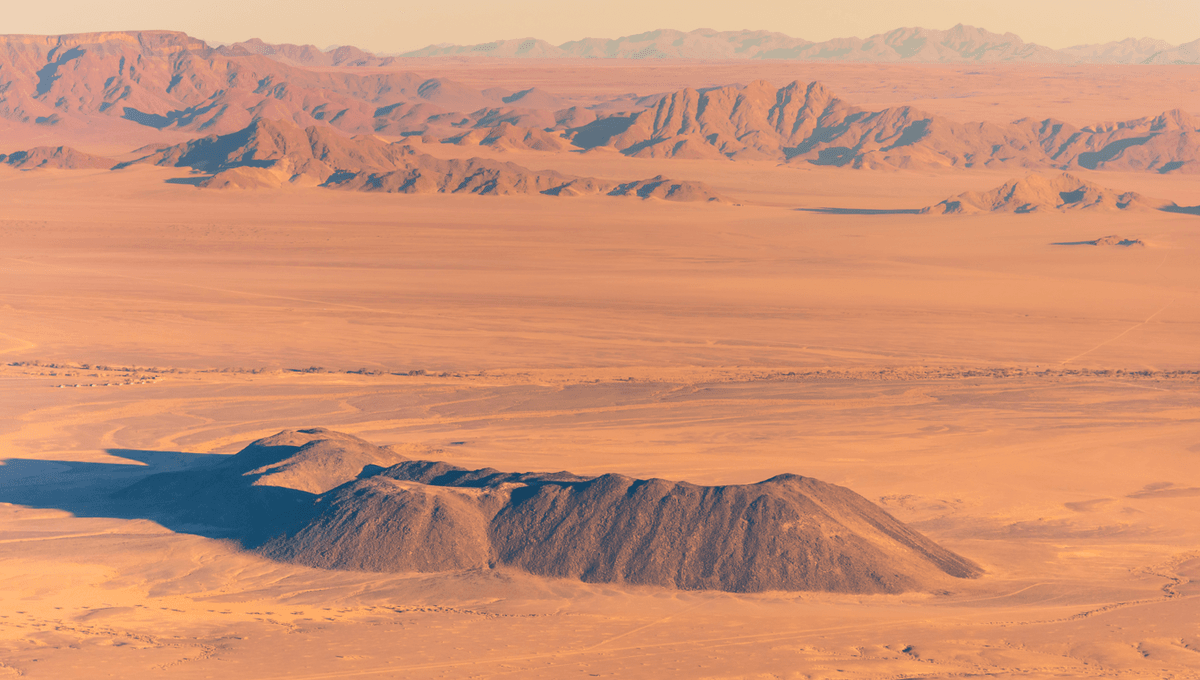
Hailed as “another feat in human history”, China has announced the completion of a 3,046-kilometer (1,892-mile) sand-blocking green belt along the Taklimakan Desert, the nation’s largest desert.
The project has involved the large-scale planting of red willows, sacsaoul, and other tree species in a strip along the southern fringe of the Taklimakan Desert in Northwest China’s Xinjiang Uygur Autonomous Region, Xinhua reports. The plant life aims to act as a kind of ecological security wall that stops the flow of desert winds and sandstorms, which cause substantial damage to agriculture in the region.
It’s one part of China’s Three-North Shelterbelt Forest Program, a massive initiative to hold back the expansion of the Gobi Desert and other arid areas through reforestation. The project was launched in 1978 and is scheduled to be finished by 2050. Once completed, it could involve as many as 100 billion trees and will be the largest ecological engineering project in the world.
The so-called “Great Green Wall” of China isn’t without its critics. According to the UK Royal Geographic Society, some scientists have called into question whether the program is truly sustainable.
Some researchers are wary of the long-term implications of planting trees in a region where they are not native, while others have argued that planting a monoculture of trees will negatively affect wildlife and could make the forests vulnerable to disease outbreaks. There are even worries that the belts of trees are ineffective in reducing sandstorms.
Nevertheless, the initiative does show that China is taking steps against desertification, which impacts over 27 percent of the country’s land and affects about 400 million people.
Desertification is the transformation of fertile land into arid desert, caused by a combination of natural factors and human activities, such as unsustainable farming and deforestation. In recent decades, the problem has been supercharged by the effects of climate change.
China is set to be one of the most affected regions, although it will hit parts of all continents on Earth. Even Europe, typically associated with a mild or temperate climate, isn’t safe. Studies have shown that semi-arid parts of Portugal, Spain, Italy, Greece, Cyprus, Bulgaria, and Romania are at risk of turning into deserts this century.
A report by the UN published this month called desertification a “global, existential peril,” noting that 77.6 percent of the land area of the Earth was drier in 2020 than it was thirty years ago.
“Without concerted efforts, billions face a future marked by hunger, displacement, and economic decline. Yet, by embracing innovative solutions and fostering global solidarity, humanity can rise to meet this challenge. The question is not whether we have the tools to respond—it is whether we have the will to act,” Nichole Barger, Chair of the UN Convention to Combat Desertification’s Science-Policy Interface, said in a statement.
Source Link: China Completes 3,046-Kilometer "Great Green Wall" Along Its Biggest Desert